Ulama of Sri Lankan Folklore
A shriek from the jungle portends death.
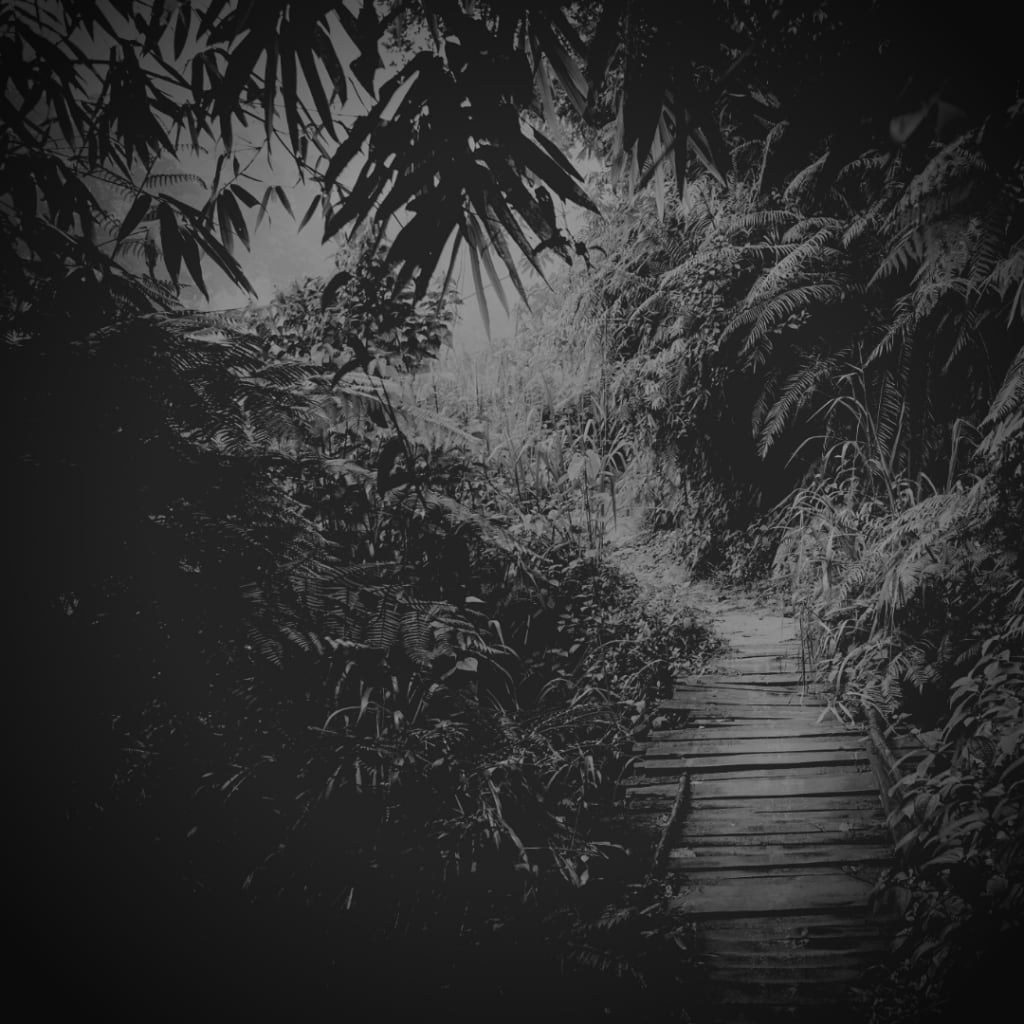
Have you ever been out at night and heard a strange sound? It's probably happened a lot throughout your life, but I bet most of the time, you shrug it off and keep going about your business. But what about those times when the sound was just weird enough that you stopped to listen for a moment? Or, maybe you've even heard something so eerie in the dark that your body went into a fight or flight response?
Well, in the jungles of Sri Lanka, there are stories of a terrifying sound from a creature called the "ulama"—a sound that can mean you're about to die.
How to Pronounce "Ulama"
The pronunciation of this legendary creature is surprisingly simple, and if you've already heard it in your head as "oo-llama" then you've pretty much got it (as far as a non-native Sri Lankan goes). If, instead, you said it in your head as "you-llama" then you might want to go ahead and begin practicing shrieking like your soul is being torn asunder at midnight under the jungle canopy where not even a sliver of moonlight is visible because the "oo-llama" is probably going to be offended at you getting its name wrong.
If you find that "ulama" pronunciation gives you difficulties, you can also just remember it as "The Devil Bird of Sri Lanka"—which will be important to scratch out with a stick in the dirt if you find yourself suddenly falling victim to it.
Where is Sri Lanka?
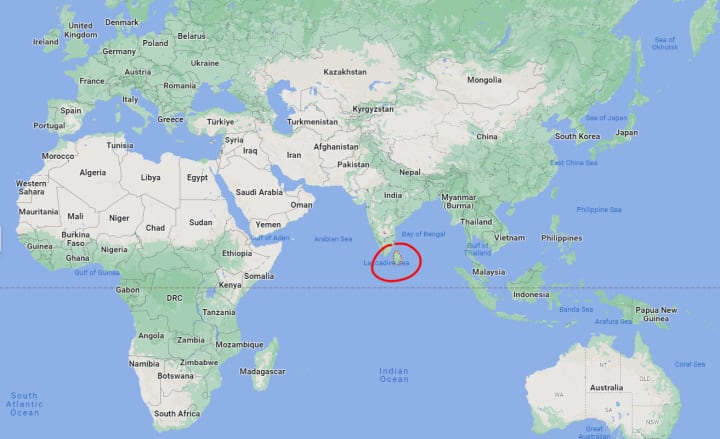
Sri Lanka's literacy rate is over 92%—the highest in South Asia. The average literacy rate for adults in the United States is about 79%. In fact, The Constitution of the Democratic Socialist Republic of Sri Lanka states that education is a fundamental right and declares that one of the directive principles of state policy is to completely eradicate illiteracy. They were also the first country in the entire world to democratically elect a woman as head of the government—Sirimavo Bandaranaike, all the way back in 1960. Let's just take a moment to look at that, do the math, and realize that, at the time of writing this, that was over 60 years ago. Like literacy, let's compare that to the United States when the first time a woman was elected President was...oh...wait...
Sri Lanka has the oldest known human-planted tree, dating back to 2,200 years ago. It's a sacred fig tree known as the Jaya Sri Maha Bodhi. It is also one of the world's most biodiverse areas and likely full of undiscovered life.
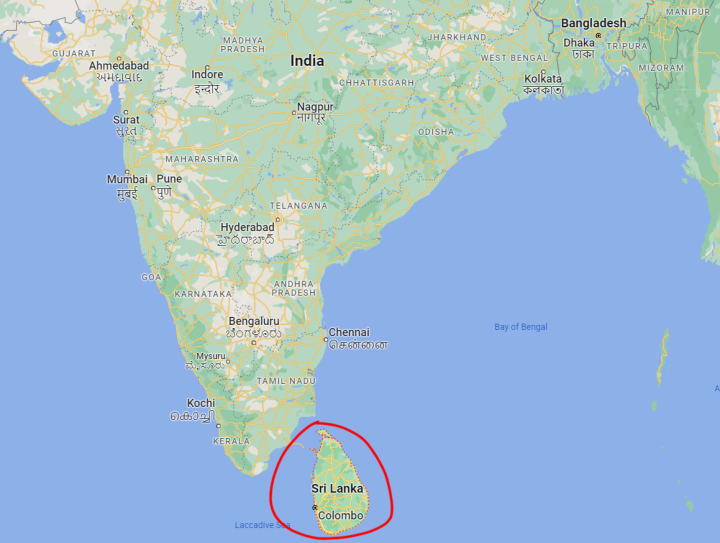
If you've been following me for a while, this part of the world might already seem familiar because I previously wrote about a strange story in Bengaluru, Karnataka, India, during the 1900s.
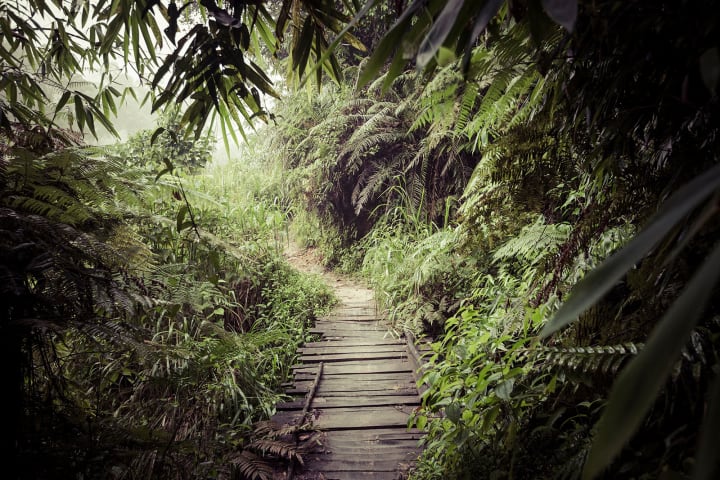
I could keep going on about all the awesome stuff from Sri Lanka, like it's where Ceylon cinnamon comes from (going back as far as 2,000 BC), or how the country itself used to be known as Ceylon, or how most of the power generated in the country is from renewable sources—but, we're here to find out what horrors lurk in the dark forests of Sri Lanka.
Legend of the Ulama of Sri Lanka
A long time ago, a husband and wife had a newborn son. The husband was suspicious of his wife and believed the baby wasn't his. One day, while the mother was out, the husband became enraged at the idea of his wife's infidelity and murdered the baby. He then prepared a special dinner for his wife by chopping up the baby and making a big batch of newborn curry.
When the wife returned home that night, the husband served her a heaping portion of the curry. She began eating it and was quite happy with the meal until she found a tiny finger in it. The wife couldn't believe her own eyes, and the realization of what her husband had done hit her.
Consumed with grief and horror, the wife began to scream. Wailing, she fled the home and ran into the jungle's darkness, where she was transformed into the devil bird—the ulama. Her screams still echo through the forest at night, and anyone unfortunate enough to hear her is cursed to fall to misfortune and death.
Locals claim that the devil bird looks like a type of owl, and it sounds like a screaming woman or young boy. It's even been described as having a specific interval to the call, with a distinct sound of a rise at first and then a fall. They also say that hearing its call in the jungle at night spells death and that even thinking of walking through the jungle where the ulama might shriek is a terrifying experience.
The Sri Lankan people aren't the only ones who have described the devil bird. Back in 1681, British sea captain Robert Knox wrote about the bird, describing it as "the voice of the night."
And, so, some proclaimed the ulama to be a pseudoscientific "cryptid," an "old wives' tale," or a myth born from imagination and superstition. But who wouldn't listen to actual locals who live in the same jungle as the ulama? Well, there is a worldwide order with followers of a strict dogma that like to adorn themselves in ceremonial religious garbs such as white lab coats and plastic name badges. Sometimes these fanatics have been known to outright reject things such as "evidence." You may also have encountered their kind in the form of pious believers who deliver sermons to the unenlightened while desperately clutching lecterns with enough force to crack the wood.
Unfortunately, those people I just referenced were forced to engage in a lot of backpedaling, narrative changes, and Wikipedia editing when, in 2001, the legendary, mythical, absolutely-not-real ulama decided to casually show up on film with the gall to perfectly match each and every physical description and spine-tingling bird-shrieking detail given by the Sri Lankan people.
Whoops!
Turns out the mythical bird known as the "ulama" is real.
It wasn't even an unknown species, but it is incredibly rare to catch on film in the wild.
The Ulama of Sri Lanka Is Real
It's a spot-bellied eagle owl, also known as a forest eagle owl. The locals know it as Maha Bakamuna ("large horned owl"). How large? Adults are about two feet tall (over 60 cm). That's a lot of bird to be afraid of, especially considering it's predatory, nocturnal, lives in the dense jungle, and shrieks like a human in distress. There are also at least 12 known owl species on the island of Sri Lanka, including some found nowhere else on the planet.
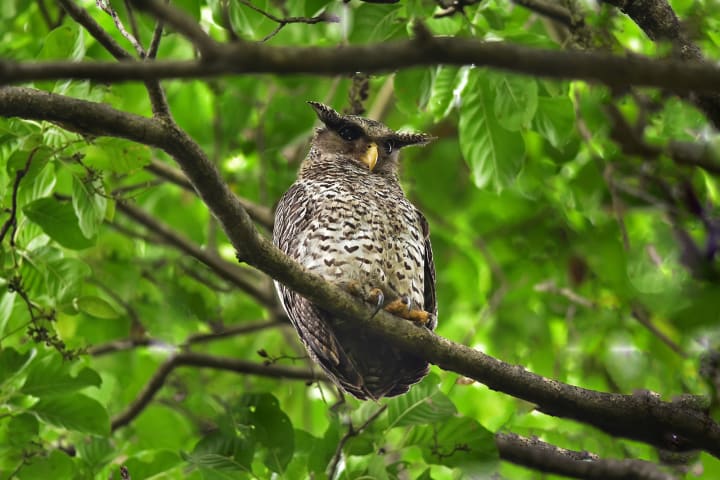
As far as science goes, not everyone is so dismissive of legends, folklore, and stories from locals, but this isn't the first time this has happened (see: okapi, narwhal, rhinoceros, platypus, gorilla, giant squid, komodo dragons). You'd think those devout followers I mentioned above would have learned by now not to instantly declare every single detail of stories from indigenous peoples as rubbish, bosh, humbug, hogwash, tommyrot, tripe, drivel, and codswallop.
There's a 7-minute, short documentary about the ulama, including the shriek and actual footage of the bird: Voice of the Night: The Devil Bird of Sri Lanka. Also, here's a more in-depth analysis comparing the forest eagle owl against the ulama: The Devil Bird of Sri Lanka. And a bit behind the scenes of the creation of the short documentary: In Search of the Devil Bird | Ulama.
If you've read this whole thing and think that hearing weird sounds in the middle of a pitch-black jungle is nothing to fear, let me introduce you to another owl that might just be in your backyard. Owls of various species each have their own distinctive call, and some could easily startle you into thinking you were about to die—especially if you were out for a walk in the dark and heard it coming for you. For example, the sounds barn owls make could be straight from a horror movie.
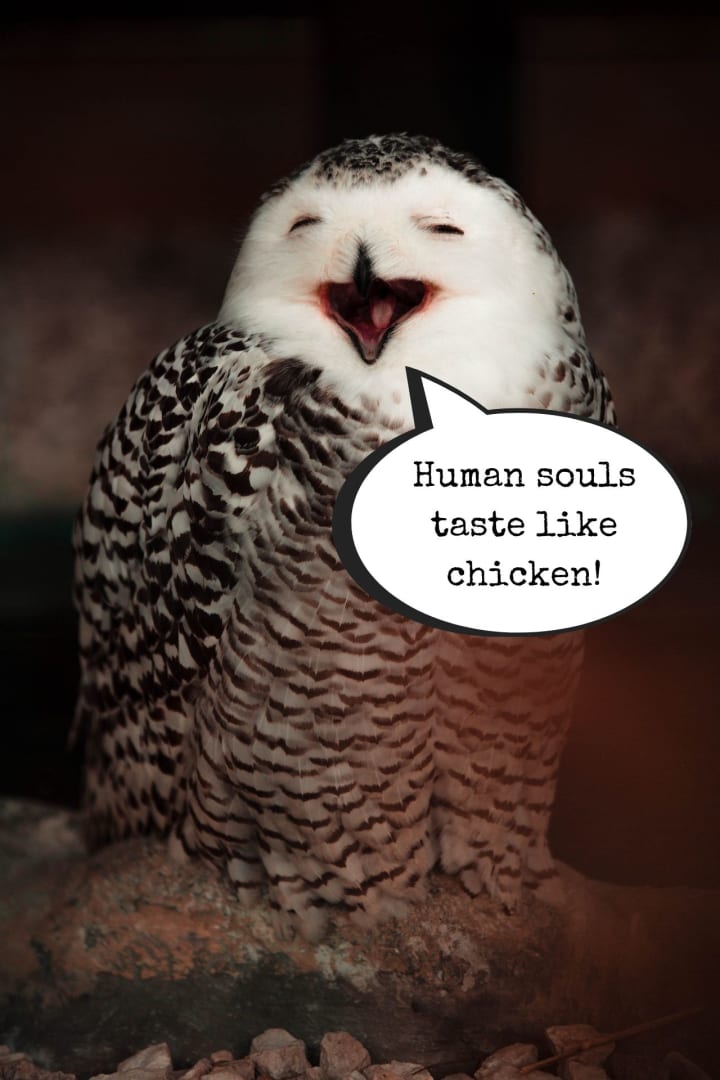
Of course, all this is well and good now because we know what these birds are and have identified their calls. But new species are found all the time, like the subantarctic rayadito discovered in 2022. So, who's really to say that there isn't a bird in the jungles of Sri Lanka that predicts death? 🤷After all, dogs can smell cancer, cats can detect pregnancies in humans, and giant rats can accurately evaluate more samples for tuberculosis in ten minutes than a human lab tech in an entire day.
We live in a world where the inventors of equipment now standard in modern research labs worldwide were ridiculed and laughed off the stage at a scientific conference for presenting the discoveries that won them the Nobel Prize in Physics in 1986. Sadly, that type of blind rejection and ridicule has been all too common throughout history—and it doesn't stop with scientists persecuting other scientists, like that time Galileo was accused of heresy for believing the Earth revolved around the sun, or when cosmological theorist Giordano Bruno was burned at the stake for denying core Catholic doctrines. It just goes to show that no matter the belief system, people really should try to be a bit more open-minded.
"It is proof of a base and low mind for one to wish to think with the masses or majority merely because the majority is the majority. Truth does not change because it is, or is not, believed by a majority of the people."
― Giordano Bruno
Relevant & Related
- You will want to see the terrifyingly adorable Devil Bird wearing floofy feather pants on Wild Animals Sri Lanka's YouTube Channel in Birdwatching in Sri Lanka - The Devil Bird of Sri Lanka.
- If you're interested in history—and I know you are—check out the Complete History of Sri Lanka. It's jam-packed with a stunning range of Sri Lankan history. For even more, there's another well-crafted history lesson about Sri Lanka's history with colonialism over at What the Europeans did to Sri Lanka.
- Don't miss learning about Sigiriya: An Incredible Example of Ancient Engineering—an ancient rock fortress in Sri Lanka built atop a massive column of stone over 500 ft (over 150 meters) high. It featured impressive technology like hydraulics, some of which still function today.
- Want to read more strange stories? You might enjoy these: Nale Ba of Bengaluru, Karnataka, India | Langsuyar of Malaysian Folklore | Owlman of Mawnan, Cornwall
~
Originally published in my weekly newsletter, Into Horror History—every week, I explore the history and lore of horror, from influential creators to obscure events. Cryptids, ghosts, folklore, books, music, movies, strange phenomena, urban legends, psychology, and creepy mysteries.
About the Creator
J.A. Hernandez
J.A. Hernandez enjoys horror, playing with cats, and hiding indoors away from the sun. Also, books. So many books—you wouldn't believe.
He runs a weekly newsletter called Into Horror History and writes fiction.
https://www.jahernandez.com
Reader insights
Outstanding
Excellent work. Looking forward to reading more!
Top insights
Easy to read and follow
Well-structured & engaging content
Excellent storytelling
Original narrative & well developed characters
Expert insights and opinions
Arguments were carefully researched and presented
Eye opening
Niche topic & fresh perspectives
On-point and relevant
Writing reflected the title & theme


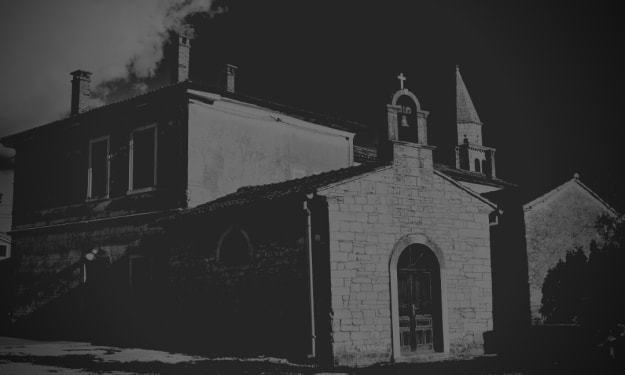



Comments (1)
I thoroughly enjoyed this installment of Into Horror History. You had me so interested in the history of Sri Lanka that I forgot this was horror lol I’ll have to delve into some of the other articles you linked at the bottom. I love owls, particularly barn owls, but I had never heard of Ulama. Very fascinating. Can confirm that even knowing what they sound like, hearing an owl in the woods at night is a bit unnerving😅 The owl meme made me laugh! Somehow you managed to make this thought-provoking, humorous, educational, entertaining, and creepy all at once and I’m loving it. Very well-researched and put together.